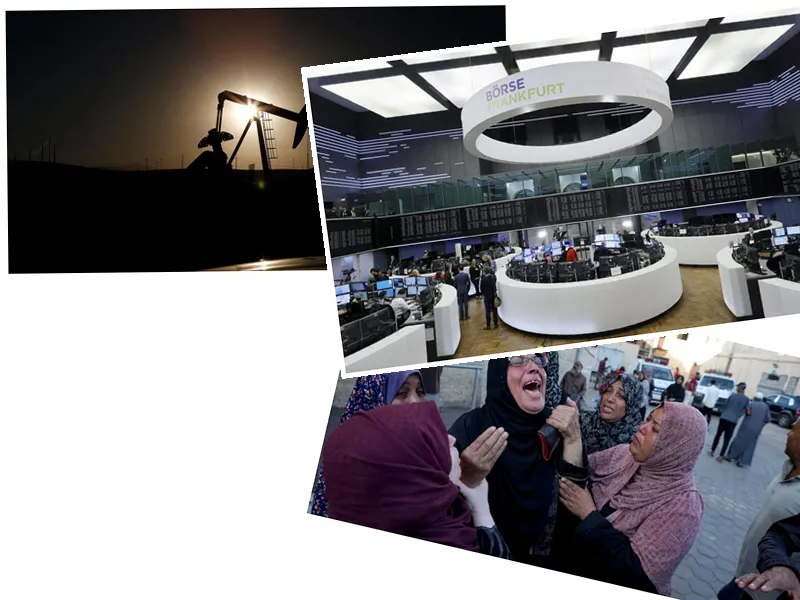When idealizing a place or experience, it's common for reality to fall short of expectations. However, Pixar stands as an exception, maintaining its charm from inception to delivery. The Emeryville office in the San Francisco Bay area epitomizes creativity with vibrant decorations and character figures, currently adorned with elements from the highly anticipated sequel to 'Inside Out'—released nine years after the original, which garnered significant accolades. This new installment continues exploring Riley's complex inner world, now highlighting a key emotion: anxiety.
In 'Inside Out 2', Riley navigates adolescence with braces and pimples, bringing anxiety into the spotlight alongside Envy, Shame, and Ennui. The film's creators, including director Kelsey Mann and producer Mark Nielsen, oversee this creative journey, emphasizing the importance of addressing mental health. Anxiety, personified by a nervously energetic character with bulging eyes, is dubbed by Maya Hawke in English and Michelle Jenner in Spanish. The character's presence resonates with the current societal conversation on mental health.
The sequel's development involved expanding Riley's mindscape, exploring areas left untouched in the first movie. Director Mann and screenwriter Meg LeFauve meticulously crafted new sequences, adding depth to Riley's evolving belief system. This creative freedom allowed for a richer exploration of emotions, maintaining the balance between humor and meaningful storytelling.
Animator Jordi Oñate Isal, one of the few Spaniards at Pixar, managed to bring anxiety to life, which posed unique challenges due to its abstract nature. The character's animation required a nuanced approach to convey its complexity and depth. This meticulous process underscores Pixar's commitment to authentic and relatable portrayals of human emotions.
Pixar's focus on anxiety aligns with the broader discourse on mental health, especially significant in the context of its audience. For teenagers and adults alike, the film offers a nuanced portrayal of how anxiety impacts daily life and underscores its functional aspects—prompting preparedness and attention to detail, albeit with potential drawbacks like sleeplessness and tension.
Following a string of underwhelming releases and layoffs within Disney, 'Inside Out 2' represents a critical opportunity for Pixar to reclaim its position in the animation world. The film's potential to resonate universally is a testament to the studio's dedication to storytelling that combines entertainment with profound meaning, catering to the expectations of fans and critics alike.
- Noah Berlatsky, a writer reflecting on his personal experience with anxiety, appreciates how 'Inside Out 2' gives the emotion a multifaceted portrayal. Rather than being depicted solely as an antagonist, the character of Anxiety is shown to have a caring side, reflecting the dual nature of this emotion—capable of both aiding and overwhelming individuals.
- In the sequel, Riley faces new challenges at hockey camp, driven by Anxiety's persistent influence. Berlatsky's insights into how anxiety manifests and affects behavior echo the film's narrative. He highlights the importance of recognizing anxiety as a part of one's identity rather than a villain to be eradicated.
- The film underscores the complexity of anxiety, illustrating its role in driving preparation and vigilance, while also acknowledging its potential to cause distress and interpersonal strain. By presenting these themes in a relatable manner, 'Inside Out 2' continues Pixar's tradition of crafting stories that resonate deeply with audiences across different age groups.






